Tips & tricks for sewing canvas
Discover the secrets to sewing canvas successfully with a home sewing machine! These valuable tips will help you create special projects for your home, wardrobe, and more!
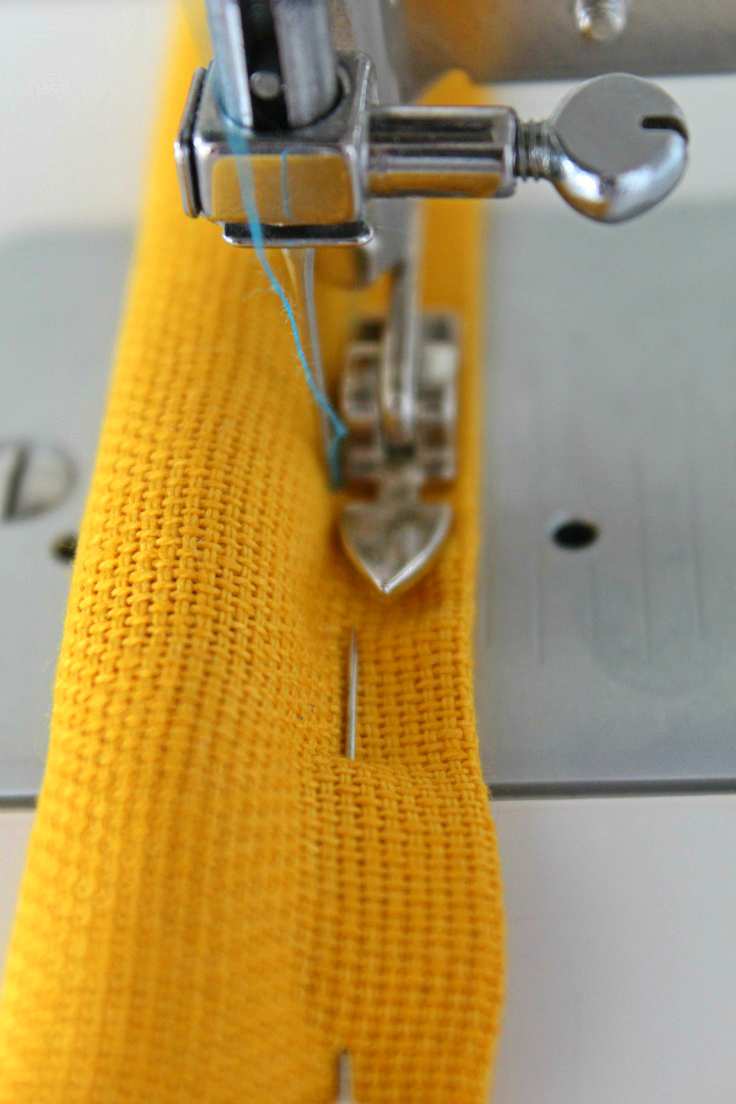
If you’re looking to make something special from canvas fabric, follow these helpful tips for sewing canvas and soon enough you’ll be able to enjoy successful creations. Find out just what makes sewing canvas with a sewing machine so appealing!
Sewing canvas is an amazing way to create stylish, durable and cost-effective projects. Whether you’re looking to make something for yourself or your home, this fabric can be the perfect choice! With its easy cleaning properties and long-lasting material, it’s no wonder why so many crafters opt for canvas when they’re looking to make something unique.
Sewing with canvas can be a great way to express your creativity, but there are a few tips and tricks you should keep in mind when crafting with this fabric. Read on for helpful advice on how to sew your next canvas project!
What is canvas material?
Canvas material is a heavy and durable fabric which makes it perfect for sewing projects like home décor, bags and accessories or other decorative projects. With the right tools and techniques and a few simple tips for sewing canvas, you can create sturdy, chic tote bags or clutches for yourself or friends, if you’re looking for a gift idea. Or you can redecorate your home with a few simple decorative canvas pillows! Sewing on canvas is a lot easier and more fun than you’d think!
If you are a beginner in sewing and you are planning to sew an item out of canvas, you may be confused about the methods for sewing this fabric and finish your project perfectly. We will talk about this type of fabric and methods to sew canvas smoothly and perfectly and avoid frustration.
I’ve learned these canvas sewing tips the hard way, when I made myself the rounded top canvas bag mentioned above. I’ve also used canvas fabric in this tutorial for Corded Handles for Bags where I used this canvas fabric. It didn’t occur to me that canvas is a totally different type of fabric and sewing canvas with a sewing machine designated for home use needs a little prepping in advance. So making the rounded top bag took way longer than I expected. Rookie mistake which you won’t do because now you have these easy peasy tips for sewing canvas!
So if you plan on sewing with canvas soon, better take a few moments and get yourself prepared with these tips, before starting to work on your project. It makes a huge difference, trust me on this one! And practice on scrap fabric first, using only a straight stitch until you get familiar with sewing this fabric.
Tips and tricks for sewing canvas
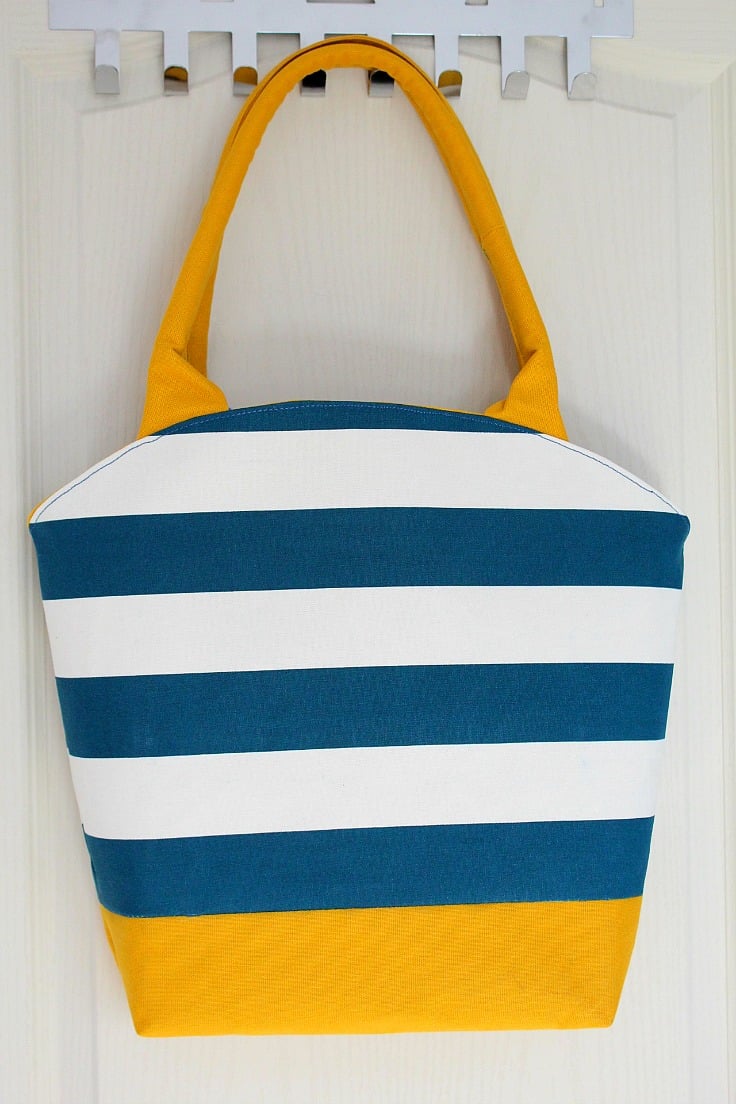
Materials needed:
- Canvas fabric
- Sewing machine (heavy duty is the best option)
- Denim/canvas needles
- Denim thread
- Scissors
- Walking foot – optional but of great help
How to sew canvas on a home sewing machine
Sewing this fabric on your home sewing machine is basically the same as sewing any other fabric. Basic sewing techniques apply here too. However, there are a few key tips to keep in mind before and during the process of sewing with canvas materials.
Prepping steps for sewing with a basic sewing machine
- Before starting your project, pre-wash your canvas fabric in warm water and air dry it to prevent any shrinkage or color fading once you finish your project.
- Test on scrap material: Before beginning your project, it’s always a good idea to run a few practice stitches on some scrap material first. This will let you make sure that the stitch length and tension settings are correct for your fabric and help you get used to working with canvas before starting on the real thing.
- Purchase a walking foot: While not a must, a walking foot helps to evenly feed the fabric through your sewing machine and prevents any slipping or shifting of the fabric while you are stitching. This can help you avoid puckering, which is especially important when working with canvas fabrics as they tend to be thicker than other materials.
Tips for the sewing needle and the thread
- Use a size 100/16 or 110/18 Jeans needle. Since canvas is a heavy fabric, it’s important to use the appropriate size for denim needles, to avoid breaking them. Trust me, they will snap right away and you may even get injured! Improper use of correct needles will also end up in thread breaking or broken stitches.
- Use heavy duty thread (i.e. jeans or upholstery thread). Heavy-duty thread made from polyester, cotton-wrapped polyester or cotton are best for canvas. Wool and upholstery thread are also very strong threads but while they might be perfect on a heavy duty machine, these thicker threads may not work well in the bobbin of a home sewing machine. If you still want to use these threads, see the tips below.
For the sewing machine
- Adjust the pressure on your presser foot. Heavier fabrics need less pressure then light weight fabric, so it helps it slide easily under your foot when sewing.
- Adjustments to the bobbin tension settings or a different bobbin casing may be necessary. On the canvas bag project I found adjusting bobbin tension to lower worked well on my machineI owned at that time.
- Adjust the upper tension.
- You may need to clean your machine regularly while working on a project using canvas, as heavy duty thread tends to leave a lot of lint behind.
- A longer stitch length (3 to 3.5) works best with heavy duty or thick fabrics. It makes a nice looking stitch and makes sewing through multiple layers easier.
Tips for using clips and interfacing
- Use clips and tape instead of pins. Multiple layers of thicker fabrics are difficult to pin, especially if you use stiff interfacing as I did with the rounded top tote or need to fold the canvas fabric.
- If you use heavy duty canvas and stiff interfacing like the one I used for the rounded top bag is best to apply interfacing up to the seam allowance so when you’re stitching, your needle only has to go through 2 layers of fabric (something I’ve learnt after I finished the project; it would’ve made my life so much easier!)
Additional sewing canvas tips
- Sew slowly over bulky areas (sometimes you may even need to turn the wheel by hand). Sew at a slow and constant speed to keep your seams straight and to avoid snapping your thread. So if you’re a speedy stitcher, you will want to tone your pace down for this kind of projects.
- Avoid stretching the material when sewing as canvas fabrics can stretch and become distorted. This can be done by allowing the fabric to run freely under the presser foot and being very careful when pinning or otherwise manipulating the material before and while you sew.
- If you need to back stitch, do it very slow (your machine might not like back stitching on canvas at all. In this case, do a reinforcing stitch instead of back stitching; this means sewing a second stitch over the initial stitch)
- To iron finished canvas projects, spritz the area with water and let it soak in a few seconds. Then set your iron to the highest setting and press firmly over the wrinkles, making sure to move the iron often to prevent scorching the fabric.
- Unlike other fabrics such as cotton and linen, you need to store unused canvas fabric rolled rather than folded, to prevent creases which are quite difficult to remove once formed.
Finishing touches for canvas projects
When you have finished sewing your canvas project, add additional finishing touches to make it really stand out. Topstitch along all seams for a more professional look and add labels or tags with care instructions for the garment or bag. Finally, finish off with some fun embellishments like buttons, embroidery or appliqués. This will help give it a unique and individual look.
Q&A about sewing canvas you might find useful
Can a regular sewing machine sew canvas?
Canvas is a woven, pretty thick fabric but that doesn’t mean your home sewing machine is not able to sew over canvas or any other thick fabrics. You just have to remember sewing canvas or other heavy duty fabric requires you to follow a few very important steps in terms of machine needle size and type, thread thickness and presser foot tension. I’ll be highlighting all these below.
Can you hand sew canvas?
Hand-sewing canvas material is possible and can be used for relatively small projects or repairs. You’ll need a thick thread, like upholstery thread, and a large needle with an eye that fits the thickness of your thread. You may have to use double strands of regular-weight cotton thread for canvas material. Use a running stitch or backstitch to make sure your stitches are secure. A metal thimble can also help when hand-sewing canvas fabric.
What thread should I use for canvas sewing?
Heavy duty fabrics like canvas require heavy duty thread to avoid breakage, regular thread won’t last long. Heavy duty polyester and cotton thread are both suitable as well as upholstery thread when it comes to sewing thicker canvas or several layers of canvas.
What is the best sewing machine for sewing on canvas?
If you follow the below tips for sewing canvas, you can easily sew canvas fabric with your home machine, designed for regular home projects, without the need for a special canvas sewing machine. But if you want more from your canvas projects you can always invest in a heavy duty sewing machine. I found that SINGER Heavy Duty 4423 Sewing Machine is a pretty decent machine for sewing canvas and very inexpensive too.
It comes with 23 built-In Stitches, 12 decorative stitches, has a 60% stronger motor and features an automatic needle threader. The Singer 4423 Sewing Machine has a maximum sewing speed of 1, 100 stitches-per-minute, so projects can be sewn pretty quickly. It also has a heavy-duty metal interior frame and stainless steel bed frame and this cool machine is good for sewing canvas as well as any other type of fabric too.
Does canvas fabric fray a lot?
Canvas fabrics can fray a lot, so you need to finish the edges and prevent fraying. You can use a zigzag stitch or an overlock (serger) stitch for this purpose. If you don’t own a serger machine, a zig zag stitch is the easiest method for finishing those raw edges. Other options are highlighted in this tutorial on how to prevent fraying with 12 types of seams.
How to cut canvas material?
Canvas fabric is usually thick, so you need a sharp pair of scissors for cutting canvas. Rotary cutters and special scissors designed to cut leather and heavier fabrics can also be used. Using a rotary cutter is especially useful when cutting longer straight lines or curves for pattern making/cutting.
How to square up canvas fabric?
Canvas fabric tends to distort a lot when cut so it needs to be squared up before starting with any project. First you need to find the warp and the weft of the fabric then proceed with squaring as indicated in my tutorial here.
What kind of projects can I sew with canvas?
Canvas fabric is an ideal material for outdoor projects such as camping tents and gear, beach gear, bags, backpacks, boat covers and much more. It’s also great for indoor projects like slipcovers, curtains, cushions and upholstery. Jackets, skirts and even trousers are also very doable with medium weight canvas.
Home décor projects like wall art, floor rugs and lampshades are also great canvas sewing ideas.
What types of stitches can I use on canvas?
As a general rule you should always start with a straight stitch when sewing canvas fabric. Other than that, depending on the type of project, you can use several other stitches such as zigzag, overcast or decorative stitches. And if you are looking for a more professional finish, binding can be used to cover the raw edges of your projects.
What kind of seam is best to use for this type of fabric?
When it comes to seams, a flat felled seam is the best option for canvas fabric. This is a strong and durable seam and gives a neat, professional finish. But if you don’t want to go through all the trouble of sewing a flat felled seam (it can be quite tricky) then double topstitched seams or French seams will also do the job.
More sewing ideas you will love:
- How to make corded bag handles
- Rounded top canvas bag sewing pattern
- How to adjust bobbin tension
- Reversible canvas tote bag tutorial
- How to sew a two toned burlap tote bag
- How to sew a flat felled seam
Sewing canvas fabrics can be rewarding but also challenging. So following these tips will make the process easier, allowing you to take on more complex projects with confidence. With some practice and patience, you’ll soon become an expert at sewing canvas!
I hope this straightforward tutorial was both useful and enlightening! If you build something remarkable with canvas following these tips and tricks, please do not hesitate to let me know your experience in the comments. Have a wonderful time sewing!
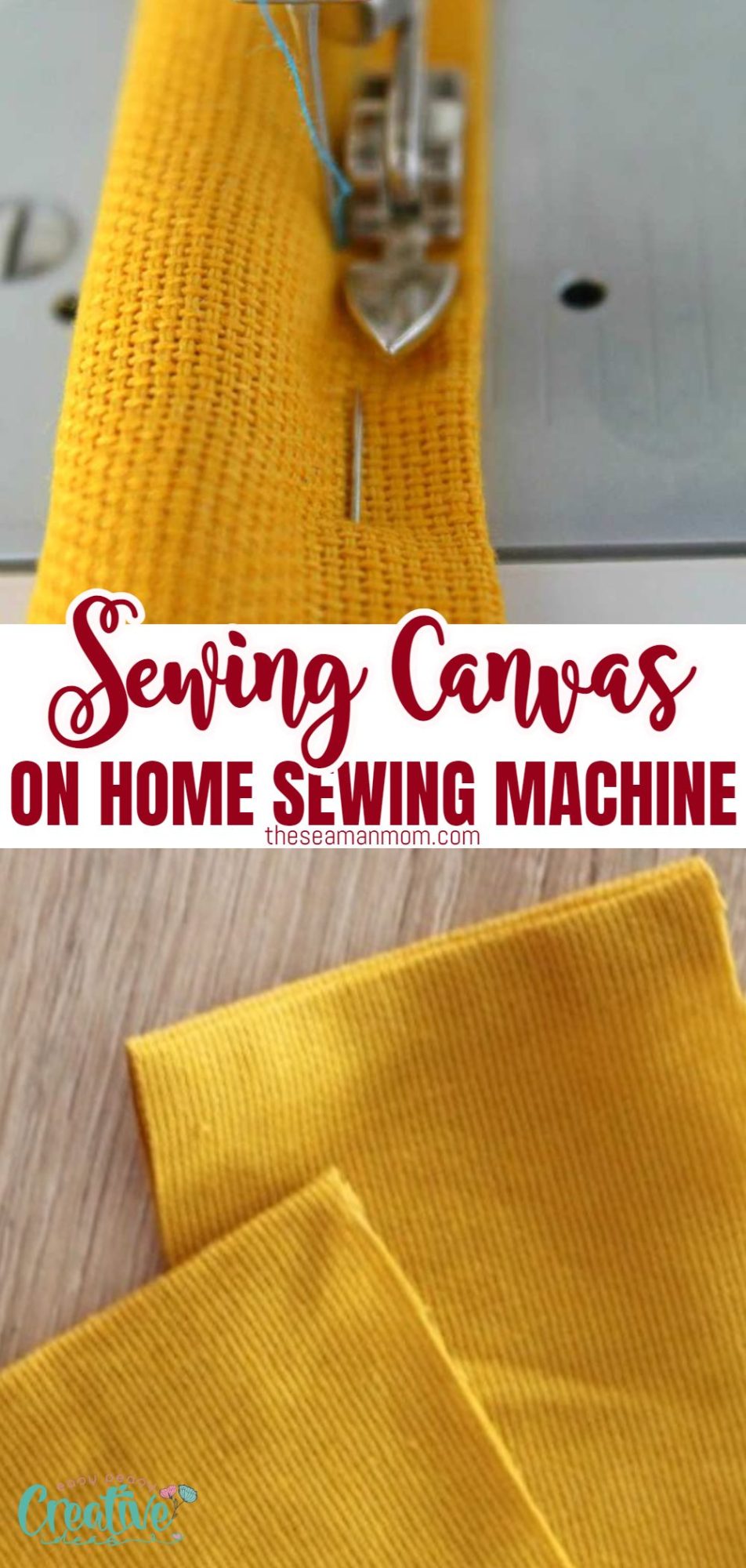
Most popular sewing projects:
Article may contain Amazon & affiliate links. As an Amazon Associate I earn from qualifying purchases at no additional cost to you.


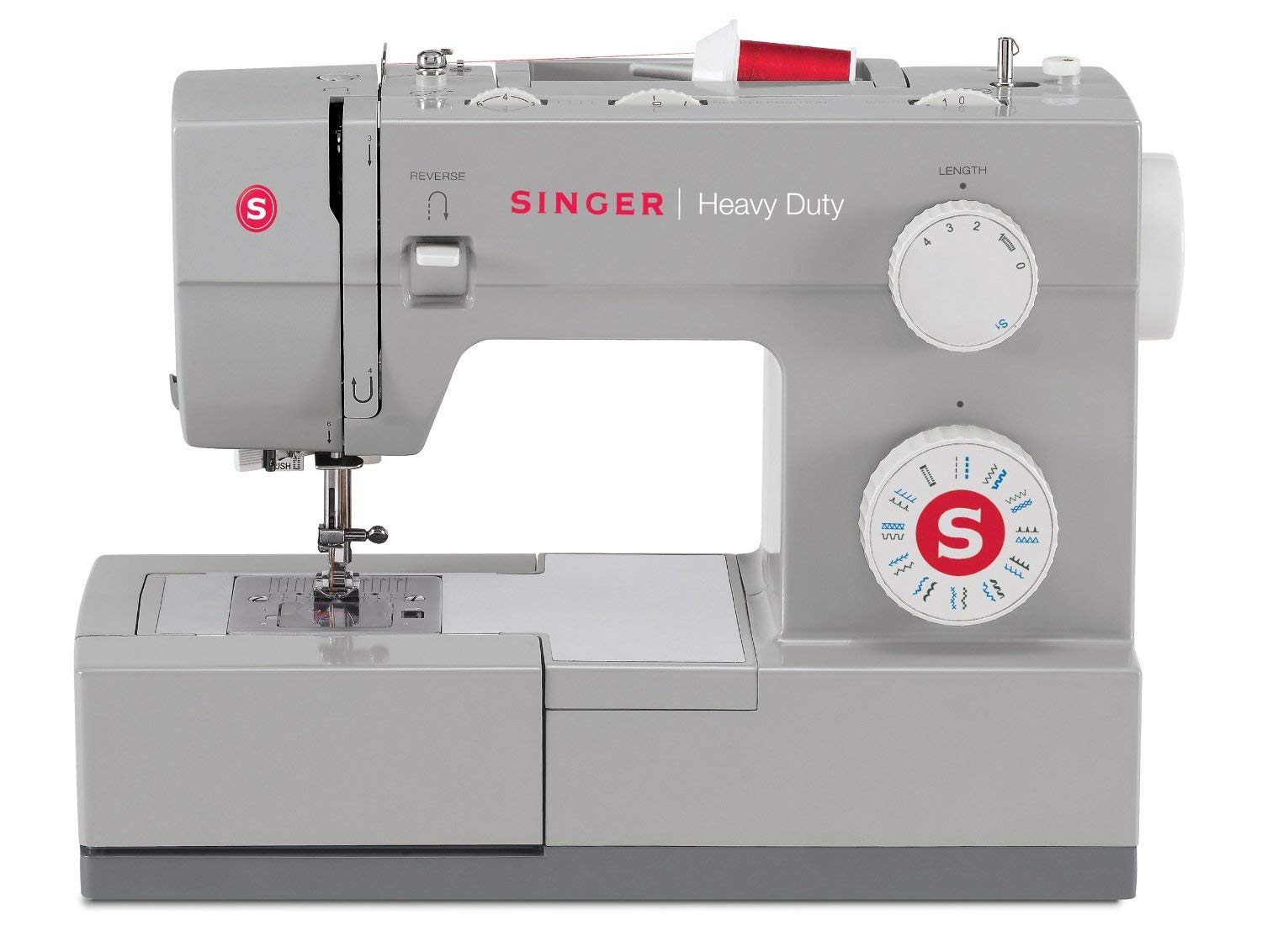
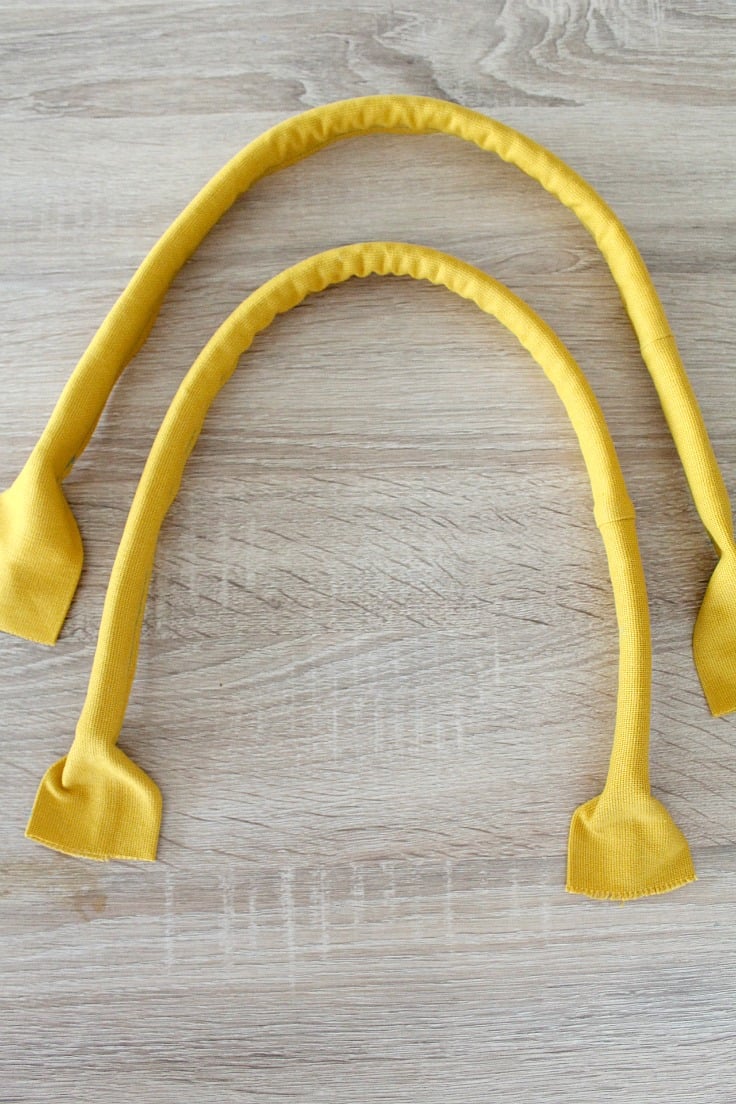
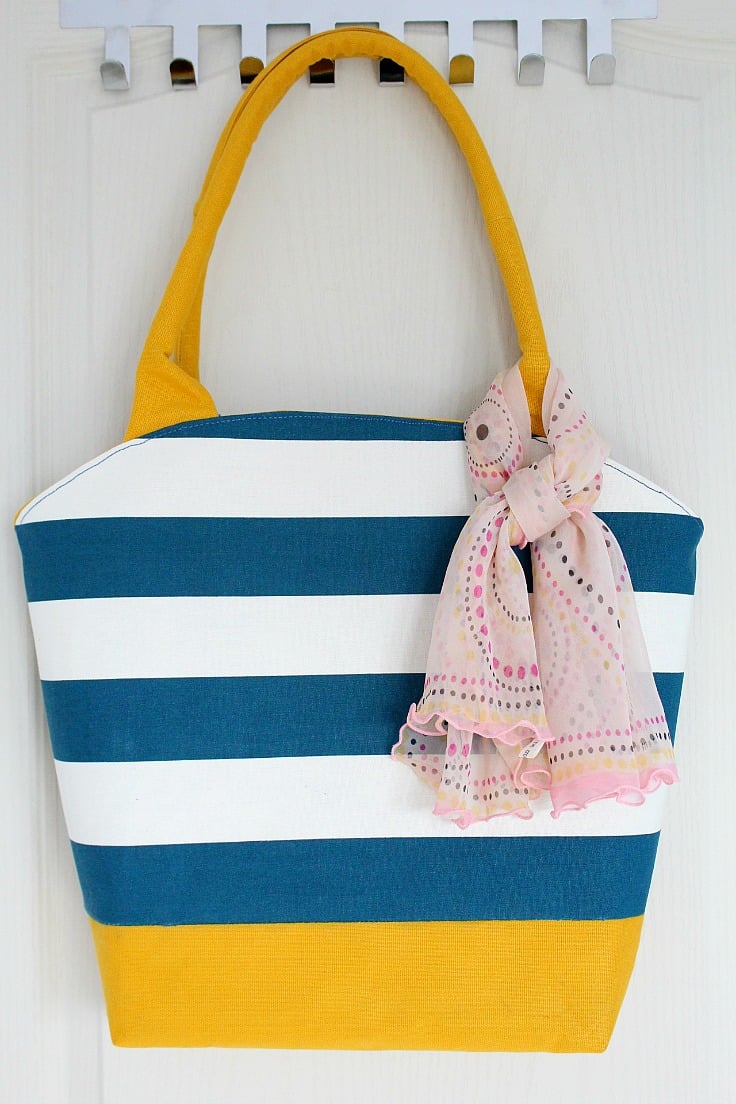
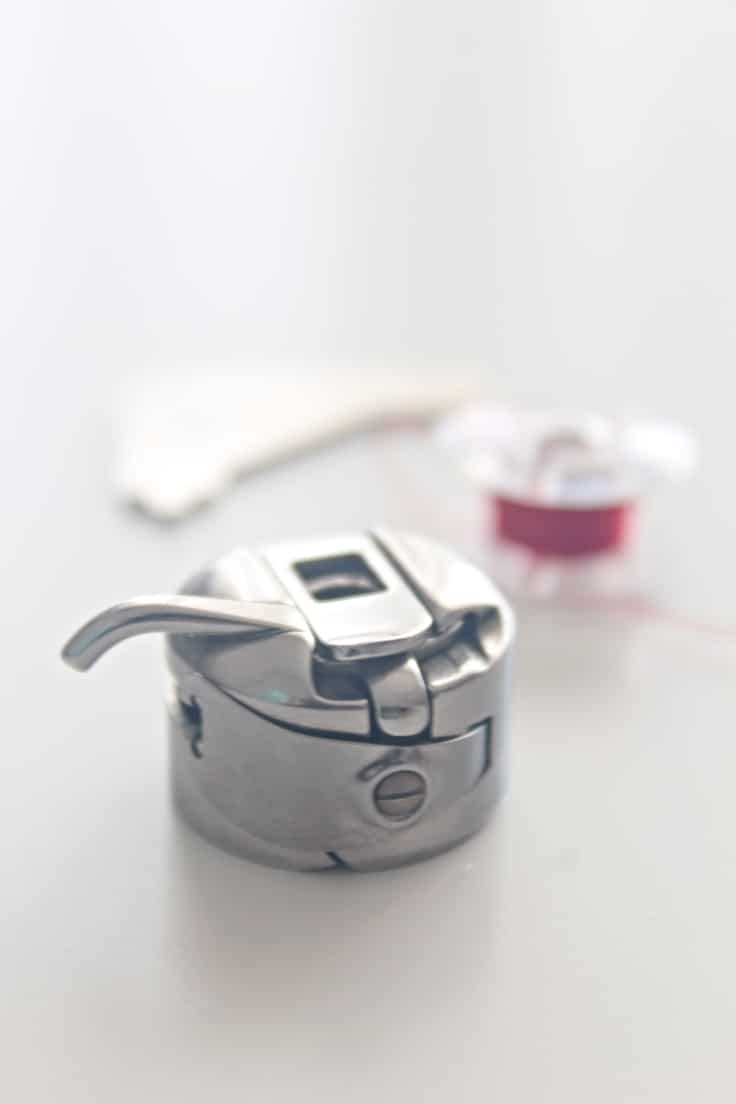
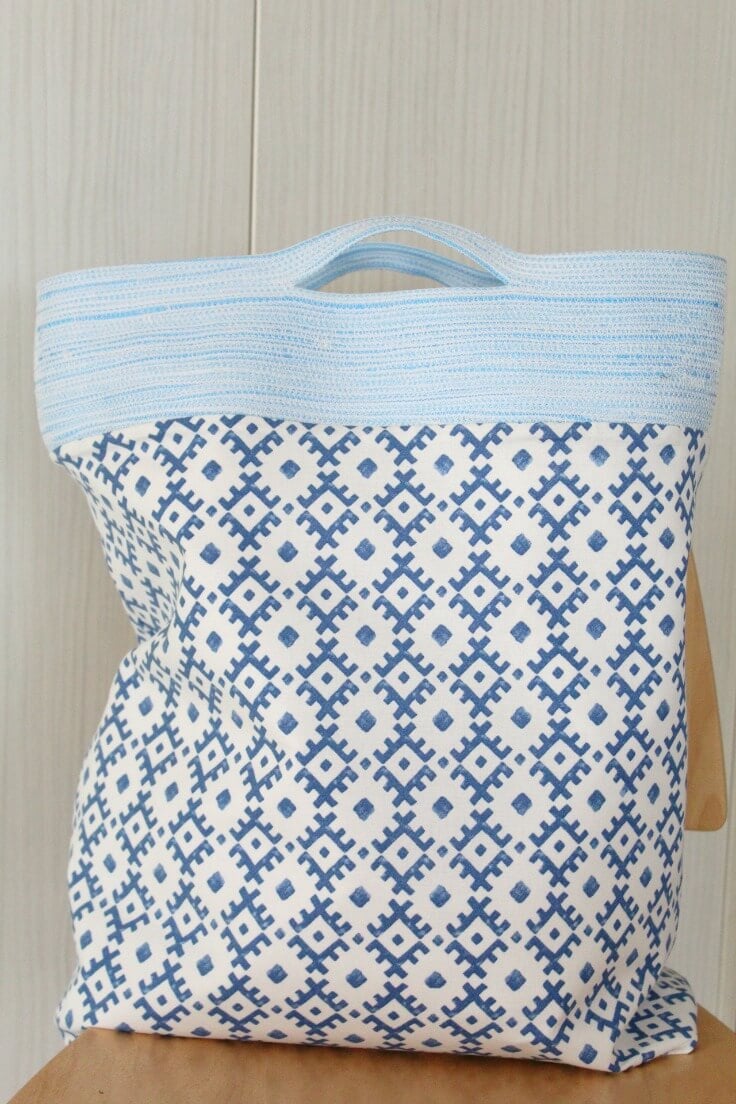
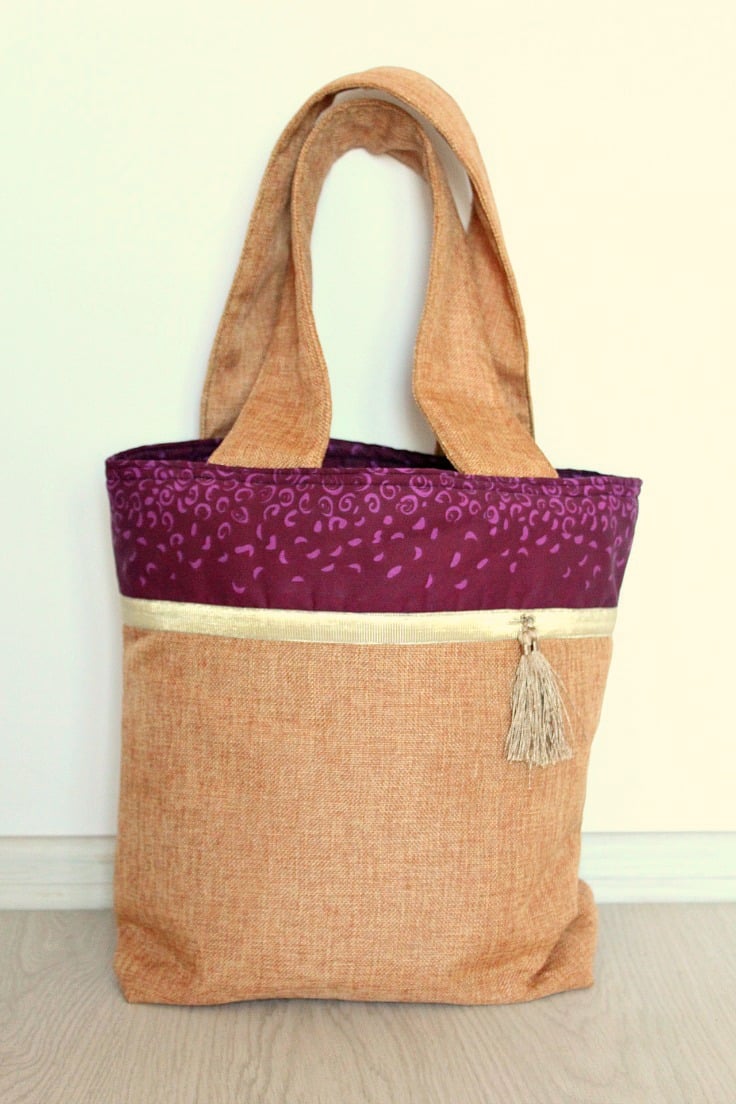

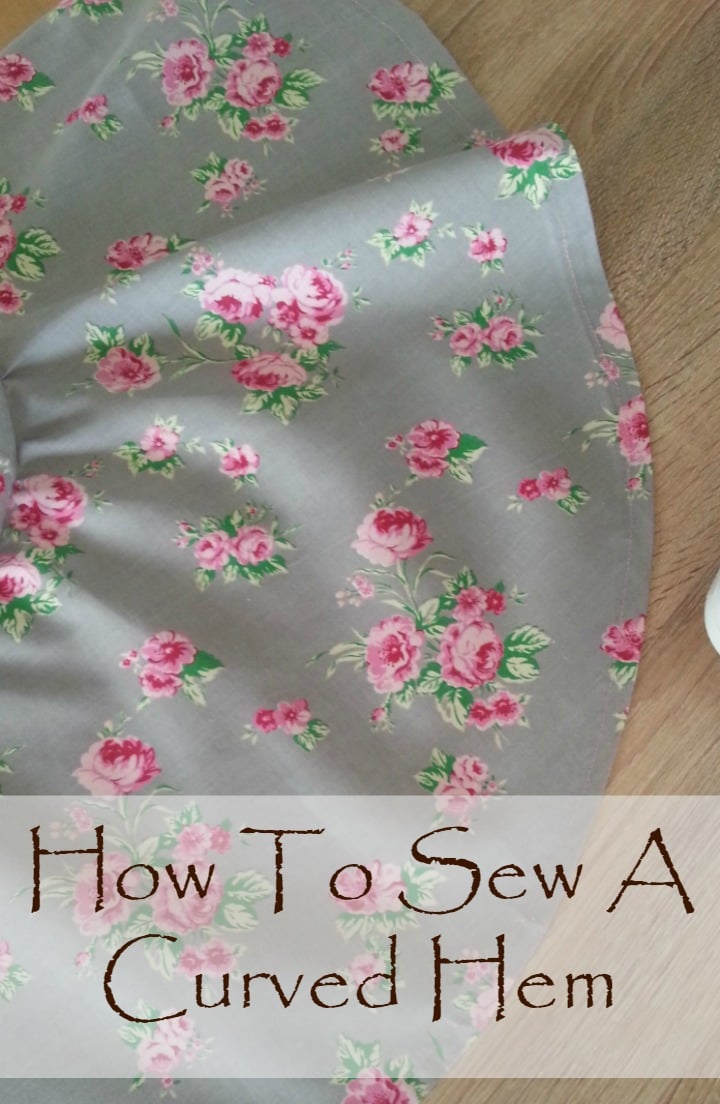
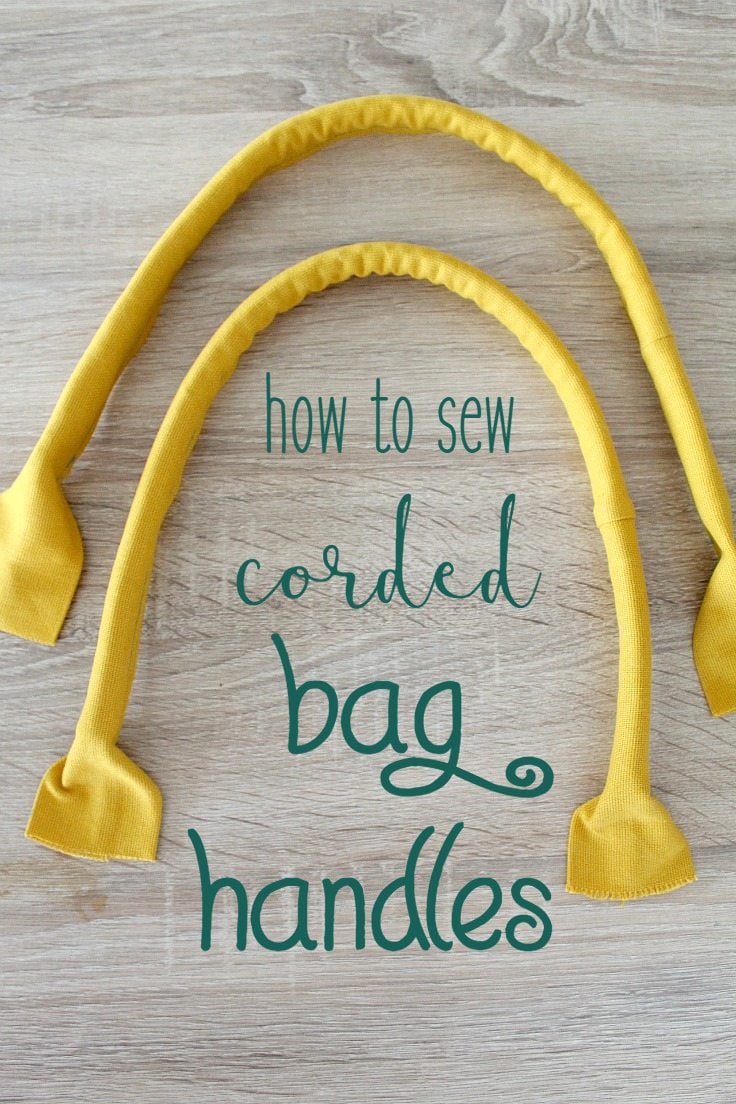
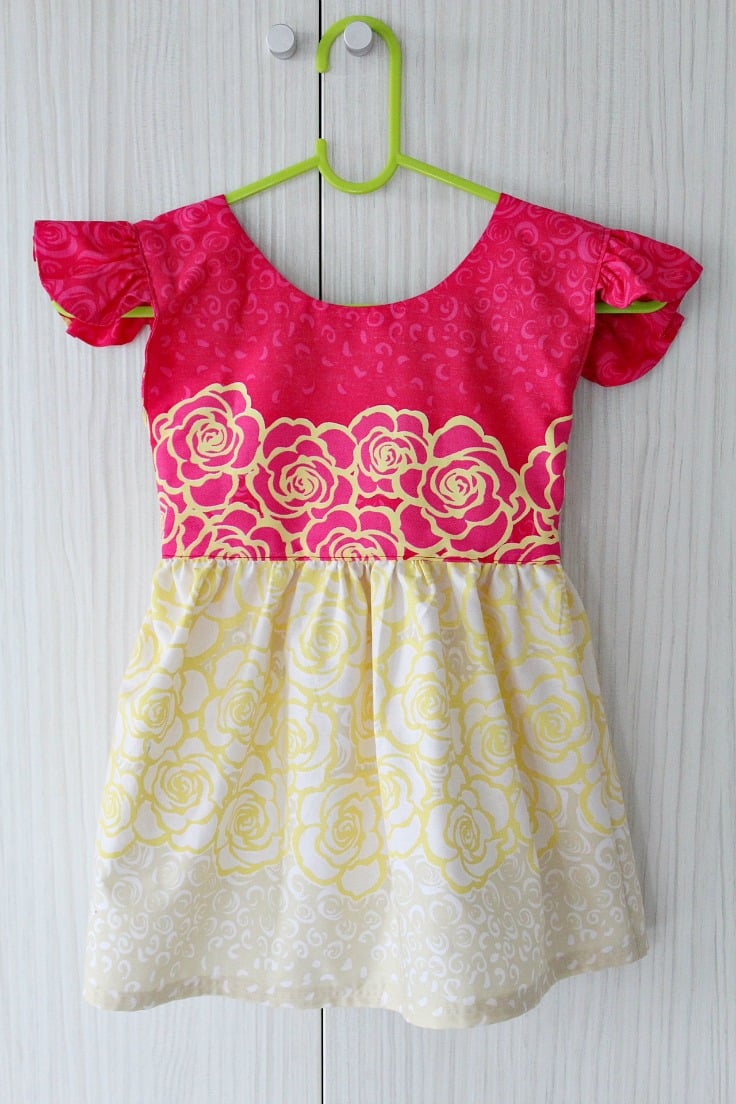


I just want to tell you how much I enjoy your site & all of the wonderful sewing projects you offer with great, easy to follow instructions! Love your style! Thank you!
Thanks so much, Maureen! This makes me so happy :)
Great tips for canvas sewing. I’m trying to sew the back of a director’s chair and wondering does one wash the canvas before sewing? What do I do after washing and the edges unravel?
Thanks, Vasi! I do wash my canva first. I run a line of stitches to all edges before washing but usually, I don’t get a lot of fray.
Hi Petro
I am sewing canvas for the first time and I am finding that my straight stitch is straight while the underneath stitching is all crooked. I have bought stronger needles (jeans) and I am stitching at 3.5mm. Would you have an idea what the problem might be?
Jan
Hi, Jan. In my experience this could be due to tension problems (tensuon is too loose if you get thread nests under the fabric), or threading issues. Also check if the thread is the right size, could be too thin or thick for your project.
Hi Petro, I am building a camper for my 60 year old truck. The frame and roof are wood, leaving “windows” on the sides, front, and back of the bed topper. I have ordered a bunch of #4 duck canvas (23oz per sq yd) that I will be using to make the 6 window covers. Long story short, I plan on folding the four edges of each piece over an inch and sewing a hem. I’ll use snaps to secure it to the window frames. I am not sure what needle and thread (UV thread i know i need but i dont know what else) to use and I really don’t know the first thing about stitching and whatnot. Could you please provide me some recommendations for hemming (if that’s even the right word) a 2’x3.5′ piece of heavy duck canvas?
Hi Jordan. Not sure I understand exactly how you want to finish the edges but here are a few tips I think might be useful:
– you’ll need a powerful, sturdy sewing machine, able to sew over thick layers of fabric (I use this machine now https://amzn.to/351Um6G)
– consider finishing the corners with a mitered corner technique (pick any of these: https://theseamanmom.com/mitered-corners-sewing-tutorial/, https://theseamanmom.com/how-to-miter-corners/). The mitered corners technique takes off a lot of the bulk in the corners which you wouldn’t be able to sew on such thick layers of heavy duty canvas)
– use good quality heavy duty thread (I love Gutermann https://amzn.to/2IDkXh8)
– use jeans needles (I found these Schmetz needles work best with majority of machines https://amzn.to/3cOnGlG) You may need to do a little testing to see which size fits your project best.
Happy sewing and let me know how it worked!
I have tried my home sewing machine but cannot change the tension on the bobbin and the heavy duty thread is bulking underneath. Can I do anything to fix this pls?
Hi Debbie! Looks like there’s a problem with the upper thread tension. Start by checking if the machine is threaded properly, if the needle & thread size match the fabric then if none of these will troubleshoot the issue, try a different tension. Most likely your presser foot tension is too loose. Let me know if you still have troubles after these.
I really appreciated this post, especially since I’m trying to sew a handbag for my wife’s birthday coming up. I’ve had a few problems, so I really appreciated these tips. I realized that I probably need to slow down in order to keep the seams straight and to avoid snapping the thread. Thanks for sharing this.
Thanks so much, Kyler. Your wife is a very lucky lady, I wish my husband would make me a nice, little present like this :)
Love the tips about canvas!
Aww, thanks so much, Cindy! Xoxo